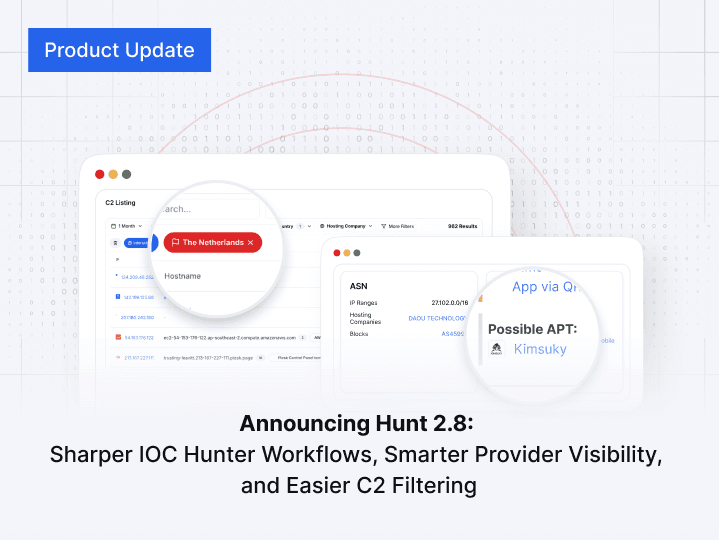
Kaiten is a malware family used for distributed denial-of-service (DDoS) attacks and is classified under the “DDoS:IRC/Kaiten” category. Originally an IRC-based DDoS tool, Kaiten has evolved a lot. Today it’s a more powerful and flexible architecture that allows attackers to launch big flood attacks while being stealthy.
Kaiten started as an IRC-based DDoS tool to coordinate flood attacks through command-and-control channels over IRC. Over time, it has been updated with more robust and covert communication methods to make it more effective. ESET’s recent press release says Kaiten “returns more powerful than before” – that means big improvements in command structure, evasion techniques, and flood generation. Also, the ELF-based variant on Malpedia shows that Kaiten is a Linux ELF binary, which means it’s optimized for high performance on Linux systems, often used in botnet environments.
Infection and Distribution
Kaiten is spread through networks compromised by other means, where the malware is installed to use the computing resources of infected hosts for DDoS attacks. Its design allows it to blend in with legitimate processes, making detection harder and allowing attackers to sustain long DDoS campaigns.
Operational Impact
Once deployed, Kaiten can be controlled remotely to launch big network floods to disrupt services. Its evolution has expanded its attack surface from simple IRC commands to multi-protocol communication channels. This evolution increases its DDoS power and makes it harder to identify and block its command-and-control traffic.
Network Monitoring: Deploy advanced network monitoring tools to detect and mitigate traffic spikes and DDoS patterns.
Rate Limiting and Filtering: Implement rate limiting and advanced filtering on edge devices to reduce flood impact.
Endpoint Protection: Use robust endpoint detection and response (EDR) solutions to detect anomalous process behavior of DDoS tools.
Incident Response Plan: Make sure you have an incident response plan for DDoS scenarios to keep your services running.






